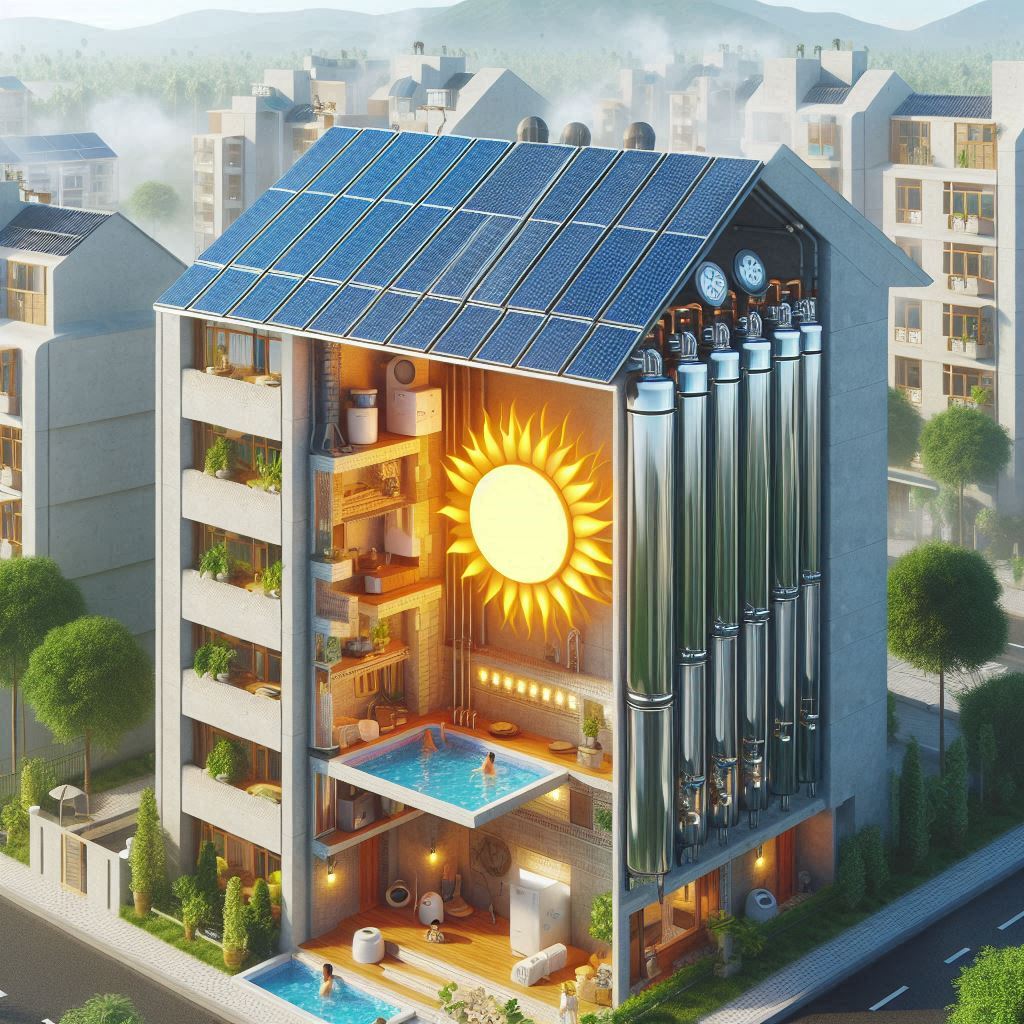In the quest for innovative renewable energy solutions, the solar tree has emerged as a unique and aesthetically pleasing way to harness sunlight. Combining the functionality of solar panels with a tree-like structure, these installations generate clean electricity while maximizing space efficiency. Ideal for urban areas, public spaces, and campuses, solar trees are redefining how we integrate solar power into our environments. This article explores how solar trees work, their benefits, and their role in advancing a sustainable future.
How a Solar Tree Works
A solar tree consists of photovoltaic (PV) panels arranged as "leaves" on a central "trunk" or pole, mimicking the appearance of a tree. solar tree The panels, often adjustable, capture sunlight to produce direct current (DC) electricity, which an inverter converts to alternating current (AC) for powering devices or feeding into the grid. The elevated, branched design allows panels to be positioned at optimal angles, capturing more sunlight than flat rooftop systems in crowded spaces.
Solar trees vary in size, from small units producing 1–5 kW for charging stations to larger installations generating 10–20 kW for public grids. For example, India’s first solar tree in Durgapur, West Bengal, generates 3 kW using seven panels. Some designs, like those by Spotlight Solar, incorporate LED lighting or USB ports, enhancing functionality for parks or campuses. Battery storage can be integrated to store excess energy for nighttime use.
Benefits of Solar Trees
Adopting a renewable energy solution like a solar tree offers numerous advantages. First, they are space-efficient, requiring just 1–2 square meters compared to 10–20 square meters for equivalent traditional solar setups. This makes them ideal for urban areas like Pune or Delhi, where land is scarce. A 5 kW solar tree can produce 7,500–9,000 kWh annually, powering small offices or 10–15 households, saving ₹50,000–₹70,000 yearly on electricity bills.
Environmentally, solar trees reduce carbon emissions. A 3 kW unit offsets about 4.5 tons of CO2 annually, equivalent to planting 200 trees. Their artistic design also raises awareness about clean energy, as seen in installations like the 7 kW solar tree at IIT Kharagpur, which doubles as an educational tool. Additionally, solar trees require minimal maintenance—mainly panel cleaning—and have a lifespan of 20–25 years.
Economically, government incentives enhance affordability. India’s MNRE offers subsidies for innovative solar projects, while the U.S. provides 30% tax credits through 2032. Solar trees also add aesthetic value to public spaces, attracting eco-conscious visitors to malls or parks, as demonstrated by Envision Solar’s installations in California.
Choosing the Right Solar Tree
Selecting a solar tree involves key considerations:
- Energy Needs: Assess power requirements—1 kW for charging stations or 10 kW+ for commercial use.
- Location: Ensure high sunlight exposure with minimal shading, ideal for open spaces like campuses or plazas.
- Design and Features: Choose models with adjustable panels, lighting, or EV charging, like those from Solar Tree Europe.
- Budget: Costs range from ₹1–₹10 lakh; explore subsidies or financing, as offered by India’s PM Suryaghar scheme.
- Installer Expertise: Partner with firms like Vikram Solar or Loom Solar, known for innovative designs and reliable support.
Local permits and structural safety checks are essential, especially for taller designs exceeding 10 meters.
The Future of Solar Trees
The future of solar trees is bright, with innovations enhancing their appeal. Flexible, lightweight panels and bifacial technology, capturing sunlight on both sides, are boosting efficiency by 10–15%. Smart features, like IoT-based monitoring in CSIR-CMERI’s designs, optimize performance. Globally, solar tree installations are growing, with India targeting 100 units in public spaces by 2026, alongside projects in Australia and the UAE.

